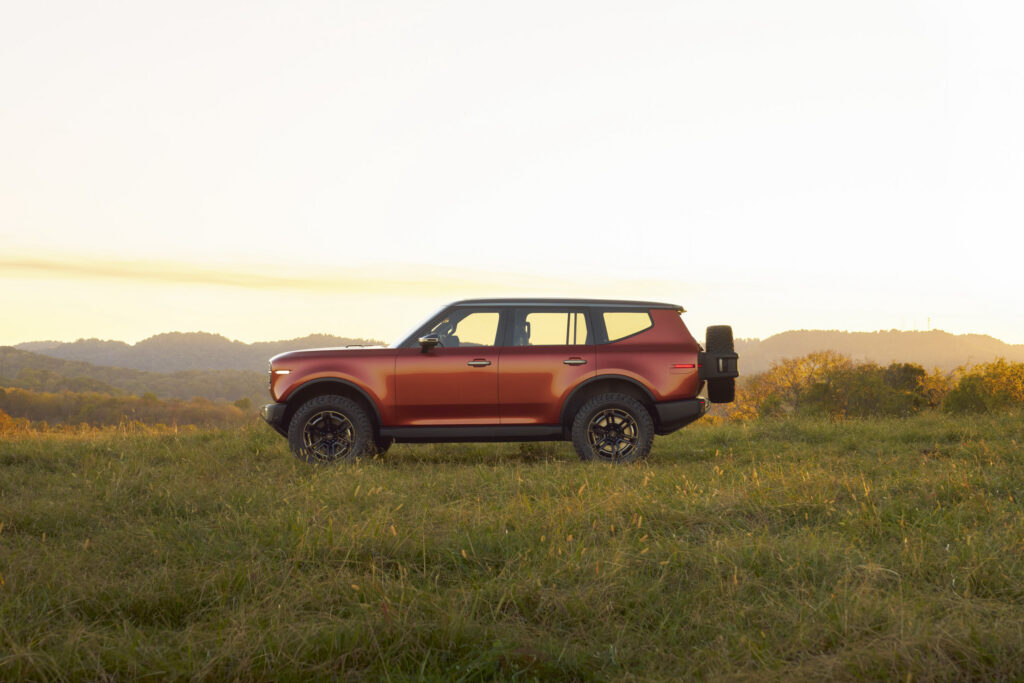Turns Out EV Sales Needed The Tax Credit More Than Anyone Admitted

- EV sales hit record highs as shoppers rushed to beat the tax credit deadline.
- Ford, GM, and Tesla all saw massive gains before the incentive expired.
- Leasing loopholes helped foreign-built EVs qualify for the federal benefit.
For all the talk about market forces shaping the car industry, it still seems that government incentives are doing most of the heavy lifting for electric vehicles. Or at least they were, until the end of September, when the federal tax credits officially ran out.
Read: Expiring EV Tax Credit Sent Tesla Sales Into Overdrive But Its Flagships Crashed
As much as 90 percent of all battery-electric and plug-in hybrid vehicles sold in the United States through the first nine months of the year are believed to have benefited from some form of tax credit, according to market research firm Rho Motion.
A Surge Before the Deadline
The end of the federal EV tax credit on October 1 set off a nationwide rush for qualifying models, driving record sales for several brands and pushing overall EV demand to new highs in August and September.
This year, the EPA determined that 20 battery-electric vehicles and a single plug-in hybrid model were eligible for the New Clean Vehicle Credit, valued at up to $7,500. These vehicles together accounted for 55 percent of all EV sales from January through September.

Leasing Loopholes and Fleet Boosts
Of equal importance in propping up sales was the lesser-known Qualified Commercial Clean Vehicle Credit, also valued at up to $7,500.
This credit was available for vehicles weighing less than 14,000 lbs and aimed at fleet and business buyers. This is also the credit that allowed car manufacturers to claim the tax credit themselves, and then to reduce the lease price on new vehicles.
Notably, leased passenger cars and trucks were not subject to the same sourcing and assembly requirements as purchased vehicles. They also didn’t need to be built in North America, which made leasing an especially attractive option for both manufacturers and buyers.
As the September 30 axing date for the credits drew closer, sales of electrified vehicles surged across the United States. As noted by Rho Motion, Ford sold 30,612 battery-electric vehicles in the third quarter, a huge 86 percent increase from Q2.
Additionally, GM’s BEV sales jumped 44 percent to 66,501 units. Tesla also reported a 27 percent sales increase, and Hyundai also enjoyed substantial growth, thanks to a more than doubling of demand for the Ioniq 5.
What Comes After the Incentives?
It remains to be seen how sharply BEV and PHEV sales will dip in the fourth quarter now that the tax credit has ended. Rho Motion expects demand to “decline sharply.”
The research firm also points out that tariffs, high local manufacturing costs, and relaxed fuel efficiency standards are likely to deter investment in domestic EV production, creating further pressure on demand in the months ahead.





